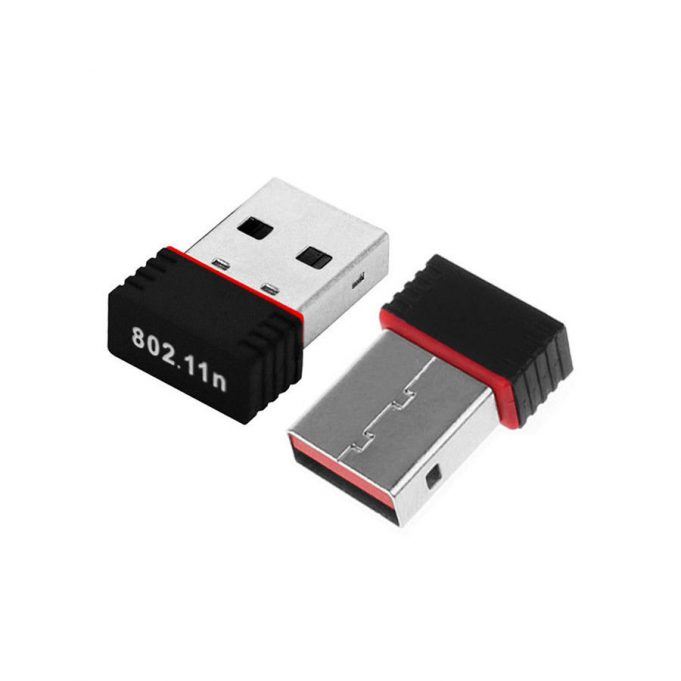The technology behind making the internet wireless was originally targeted toward commercial organizations. But the ability to avoid cabling and fewer security concerns caused consumers to embrace the technology first.
802.11 g
802.11 g is based on Ethernet technology, not TCP/IP. The standards are governed by the Institute of Electrical and Electronics Engineers or IEEE.
Older technologies include 802.11 a and 802.11 b. Both 802.11b and 802.11 g operate on a frequency band of 2.4 gigahertz. Although 802.11 a was developed first, it is more complex than 802.11 b. And 802.11 b was implemented first.
802.11, WLAN and Wi-Fi Terminology
While the terms 802.11, WLAN and Wi-Fi are often used interchangeably, they can be defined as follows:
801.11 is a family of standards governed by the IEEE.
Wi-Fi is short for wireless fidelity, and is a certification of the Wi-Fi Alliance.
WLAN is a generic term meaning wireless local area network.
Home Network
In the home, wireless access can be interrupted by walls and other structures. The placement of routers to access broadband wireless can be especially important when thick or dense architectural elements are present.
Hot Spots
A hot spot is a wireless local area network available in a public area, such as a library or cafe. The wireless connection may be free or offered for a charge to those with laptops, PDAs or cellular phones. Hot spot operators can purchase services for ISPs, internet service providers, aggregators, and cellular service providers.
The infrastructure of a hot spot is similar to that of a home wireless network, except that they generally use a DSL or T-1 line for the broadband connection.
Wireless Networking – Early Adopters
In spite of the cost of switches are routers municipalities are implementing wireless networking in large numbers due to the amount of staff that must work remotely, such as health inspectors and firefighters.
Wireless Networking for VOIP
Voice over IP technology, or VOIP can be implemented on wireless networking infrastructures as well as wired LANs. 802.11 technology for VOIP is also known as VoWLAN, Voice Over Wireless Local Area Networks.
Wireless networking for VOIP offers a few financial advantages:
Equipment required for a hot spot may be less expensive than for cellular telephones.
802.11 may be less expensive to implement for employees who are in wireless range than cellular fees.
Ability of devices to alternate between cellular and Wi-Fi use can allow some home users to eliminate landline home phones.


















